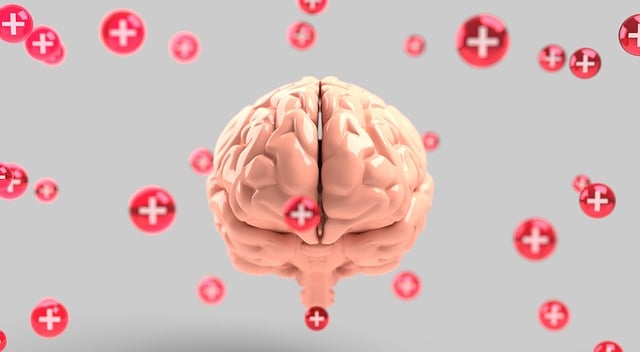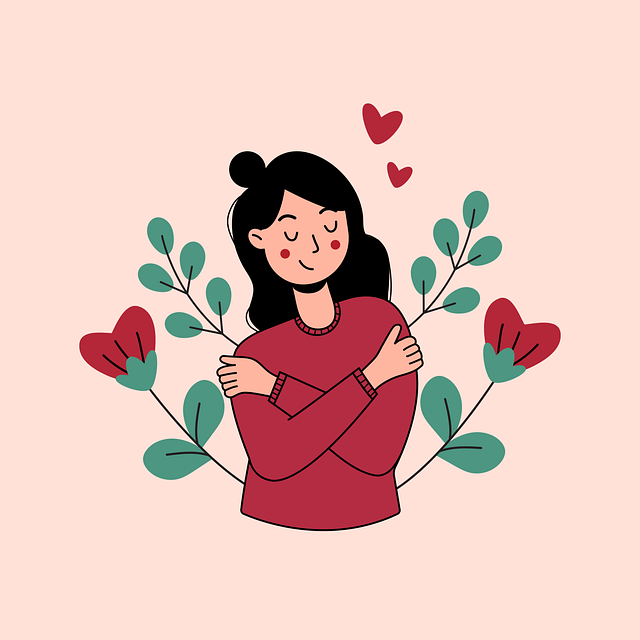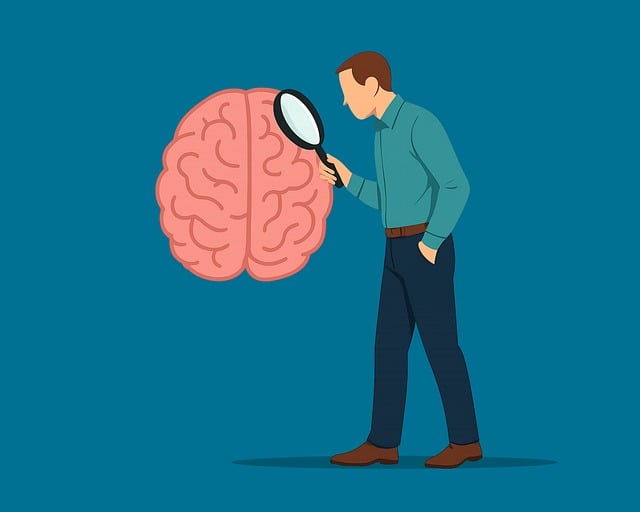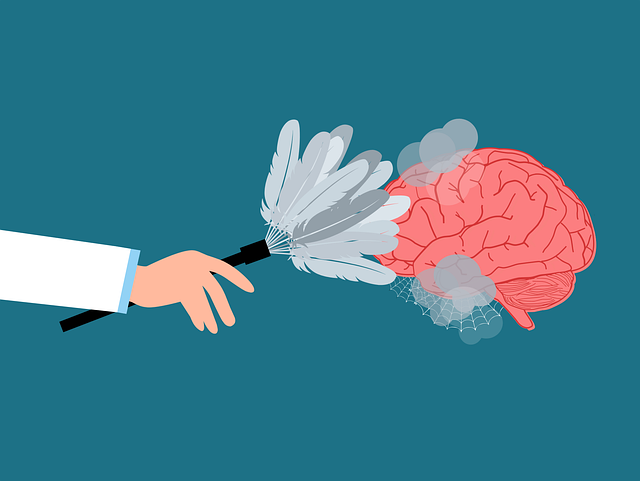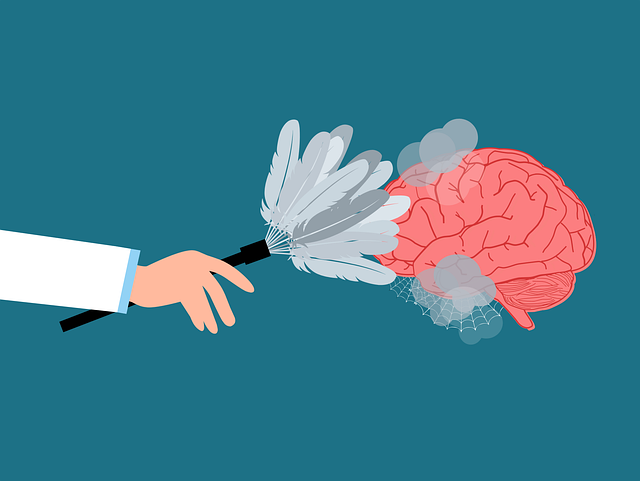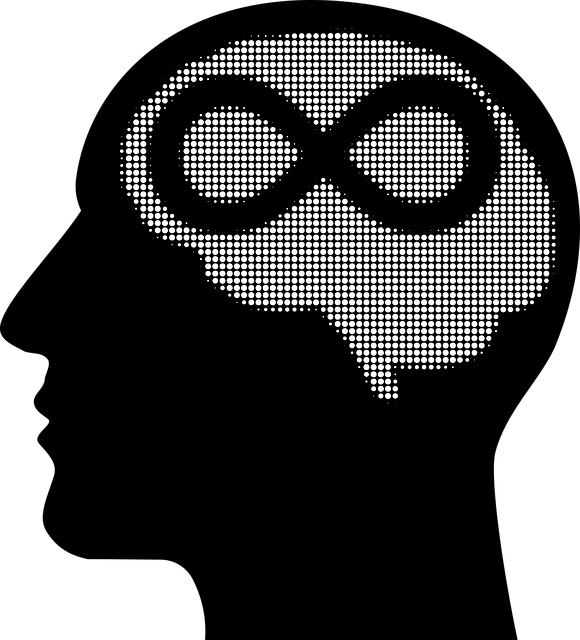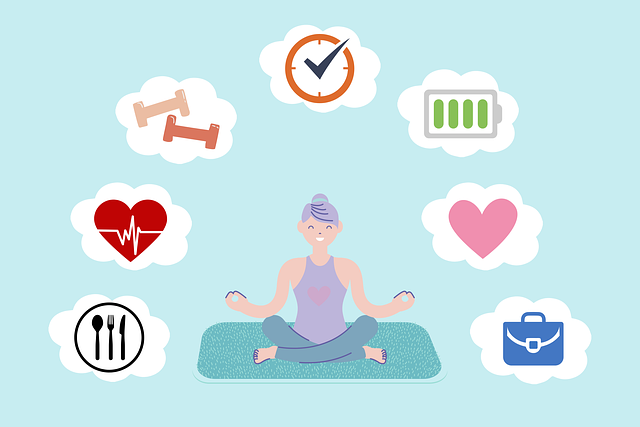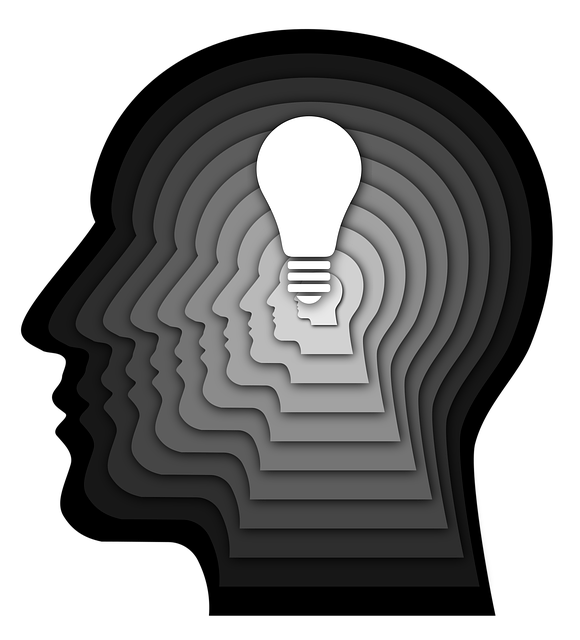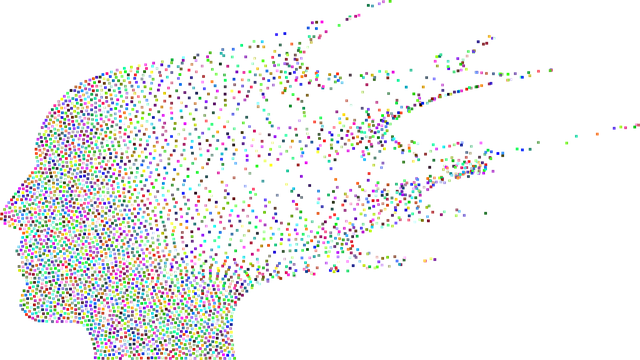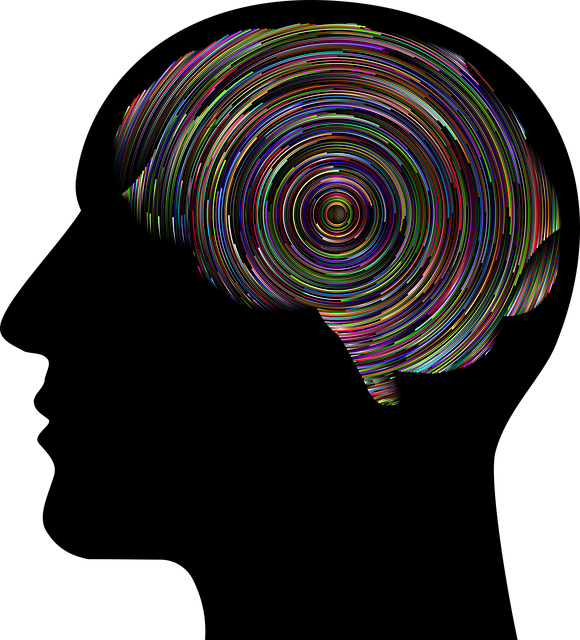Castle Rock Codependency Therapy (CRCT) offers a unique approach to understanding and modifying complex relationships' impact on mental health, especially relevant in today's digital age. Integrating CRCT principles into mental wellness apps can enhance coaching programs by focusing on burnout prevention through boundary setting, communication tools, and self-care practices. Such apps should feature therapy sessions, mood tracking, goal-setting, mindfulness exercises, meditation, CBT, positive affirmations, and gamified challenges. Community outreach programs and user-centric design with cultural sensitivity ensure broader appeal and effectiveness, empowering users to take control of their mental wellness.
In today’s digital age, mental wellness apps are transforming lives. Among various therapeutic approaches, Castle Rock Codependency Therapy (CRCT) stands out as a powerful tool for app developers aiming to support users’ emotional well-being. This article delves into the development of effective mental wellness apps, exploring CRCT integration and key features like personalized dashboards, mindfulness exercises, and peer support communities. We also discuss designing intuitive user experiences that foster positive mental health outcomes.
- Understanding Castle Rock Codependency Therapy and Its Relevance in App Development
- Key Features to Include in a Mental Wellness App
- Designing an Effective User Experience for Optimal Mental Health Support
Understanding Castle Rock Codependency Therapy and Its Relevance in App Development

Castle Rock Codependency Therapy (CRCT) is a unique and powerful approach to addressing complex interpersonal relationships and their impact on mental health. This therapy focuses on identifying and modifying codependent behaviors, which can be highly relevant in today’s digital age where social connections often occur through screens rather than face-to-face interactions. CRCT offers valuable insights into the dynamics of relationships, helping individuals understand the patterns that contribute to stress, anxiety, and even burnout. By incorporating these principles into mental wellness app development, creators can design tools that not only offer stress reduction methods but also delve into the root causes of common mental health issues.
Integrating CRCT concepts can enhance the effectiveness of Mental Wellness Coaching Programs Development by providing a holistic perspective on burnout prevention. Apps could include features that guide users through exercises to recognize and set healthy boundaries, communicate effectively, and foster self-care practices—all essential aspects of CRCT. This tailored approach ensures that apps cater to not just the symptoms but also the underlying codependent tendencies, contributing to more meaningful and lasting improvements in mental wellness.
Key Features to Include in a Mental Wellness App

A mental wellness app should be a comprehensive tool that offers a multitude of features to cater to various aspects of users’ emotional and psychological well-being. Key functionalities include accessible and personalized therapy sessions, tailored for issues like Castle Rock Codependency Therapy, where users can receive guidance from professionals. Incorporating features for tracking moods, setting achievable goals for self-improvement, and engaging in mindfulness exercises are also essential. Many apps offer meditation practices that aid in stress reduction and promote mental clarity.
Additionally, building inner strength and resilience through progressive exercises should be a priority. This could involve cognitive behavioral therapy (CBT) techniques, positive affirmation practices, or even gamified challenges designed to foster self-care habits. Community outreach program implementation within the app can further enhance its effectiveness by providing support groups or forums where users can share experiences, offer peer support, and create a sense of belonging.
Designing an Effective User Experience for Optimal Mental Health Support

Designing an engaging and effective user experience is paramount when developing a mental wellness app, especially for addressing complex issues like codependency. At its core, this involves creating intuitive interfaces that guide users through their therapeutic journeys with ease. Incorporating interactive features such as personalized exercises, progress tracking, and gamified elements can motivate users to consistently engage with the app, fostering self-reflection and skill development. For instance, a section dedicated to stress management techniques within the app could include mindfulness meditations, breathing exercises, or even virtual reality relaxation sessions. These tools not only empower users but also provide a sense of agency, enabling them to actively participate in their mental health support.
Cultural sensitivity is another crucial aspect when crafting user experiences, particularly when serving diverse communities. Recognizing and accommodating different cultural perspectives ensures that the app resonates with a broader audience. This might involve incorporating cultural elements into therapy sessions, offering multilingual resources, or tailoring content to address specific community challenges. For example, a feature dedicated to exploring codependency within family systems could be enriched by case studies or stories from various cultural backgrounds, allowing users to relate and gain insights relevant to their unique circumstances. By seamlessly integrating these considerations, mental wellness apps can become powerful tools in the quest for optimal mental health support, as exemplified by innovative practices like Castle Rock Codependency Therapy.
In conclusion, integrating Castle Rock Codependency Therapy principles into mental wellness app development creates a powerful tool for personal growth. By incorporating key features such as mindfulness exercises, cognitive-behavioral techniques, and supportive community platforms, these apps can provide users with accessible and effective mental health support. A well-designed user experience that prioritizes ease of use and engaging content further enhances their effectiveness. With the right approach, mental wellness apps have the potential to reach a wide audience, fostering improved emotional well-being on a global scale.
